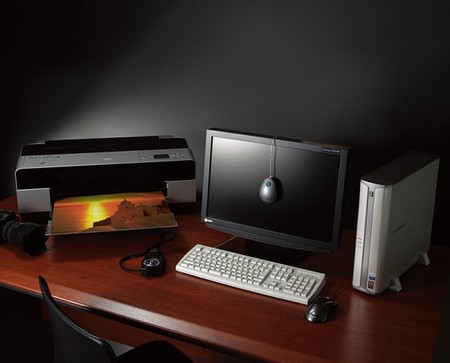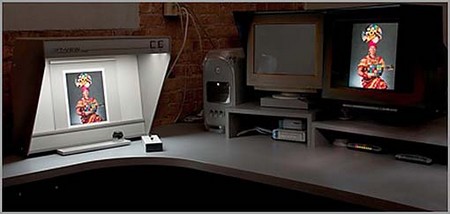How to Set up a Digital Darkroom
By Justin Belden on Aug 24, 2010 with Comments 0
Hardware considerations
Such is the power of contemporary computers that most are suitable for image editing duties, virtually straight out of the box.
Clock speed
Computer manufacturers boast about the overall clock speed of their wares – that is, the speed at which the central processing chip can handle instructions. But this is only partially relevant. You may have the fastest processor available, but if the speed of the components that deliver and take away information from the processor is slow, you’ll have a log jam.

If you are in the market for a new computer, ask for benchmark timings. These give a more accurate indication of overall performance than do processor speeds. If you can, ask for benchmarks that relate to image editing or graphics applications, which use the processor in a different way to applications such as office software.
Finally, it’s worth bearing in mind that not all processor clock speeds are equivalent. Typical Macintosh processors – PowerPCs performance similar to PC processors with twice the clock speed.
Memory
Computer experts will always say that you can never have too much memory, and for digital imaging this is absolutely correct. Digital image files are large – and manipulating them demands plenty of memory headroom. Though 128MB of RAM – random access memory – is commonplace today, the demands of your operating system and other concurrent processes can be such that most of this is consumed in everyday operation, leaving little for your image editor. Consider adding at least another 128MB. Then you can be reasonably sure of swift performance. And don’t be seduced into thinking that virtual memory – a sort of ‘simulated RAM’ using the hard disc – is a substitute. It is just too slow.
Monitors
Computer monitors, by and large, are pretty good in terms of their color reproduction. But can you try resetting the monitor if you have no signal? You can calibrate them to be even better, by using software supplied with your image editing application, or perhaps even by the hardware manufacturer. Proper calibration ensures that the image seen on screen will be accurately reproduced on a printer of equivalent accuracy.
LCD displays, once inferior to conventional cathode ray tube monitors, are now suitable for exacting work too.

Peripherals
Whilst some peripherals – scanners and slide scanners for example – are desirable, others are essential. In this category come removable disc drives and, for most users, printers.
Digital images tend to-produce large files, and collections of these can soon fill your computer’s hard disc. Copying these to, say, a Zip® drive or a recordable CD makes sense, for two reasons. First, it frees space on your hard disc. Second, by making multiple backup copies you can keep your image collection safe from hard disc problems, which are all too frequent.
Mac vs PC
There is a constant debate about which is best for image editing – a Macintosh or a Windows-based PC. In practice the question is largely irrelevant: you’ll be governed by the computer you have, or by the system you prefer.
It is fair to say that the Macintosh, by virtue of its hardware and software architecture, has the edge in running graphics-based applications: but the differences are mostly slight. If you are adept at exploiting Windows and have a Windows PC, you need not feel unduly compromised. Just as important is to enhance the performance of either platform by addressing the issues.
Filed Under: Computers & Technology
About the Author: Justin Belden is a freelance web & graphic designer with over 15 years' experience. He is also an Avid member of the Design/Development community and a Serial Blogger who loves to help people by sharing interesting and informative tips and trick related to computer and technology.